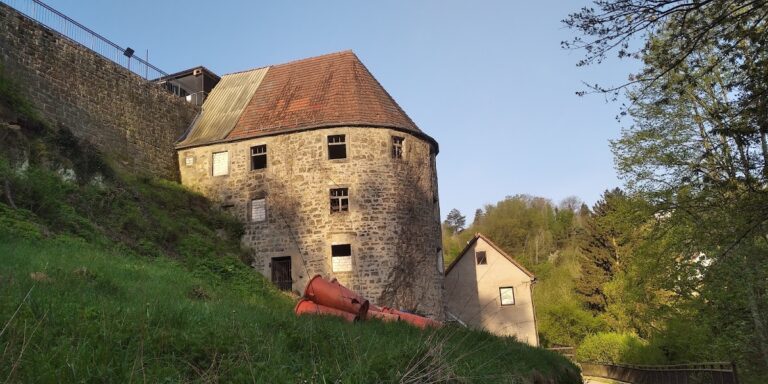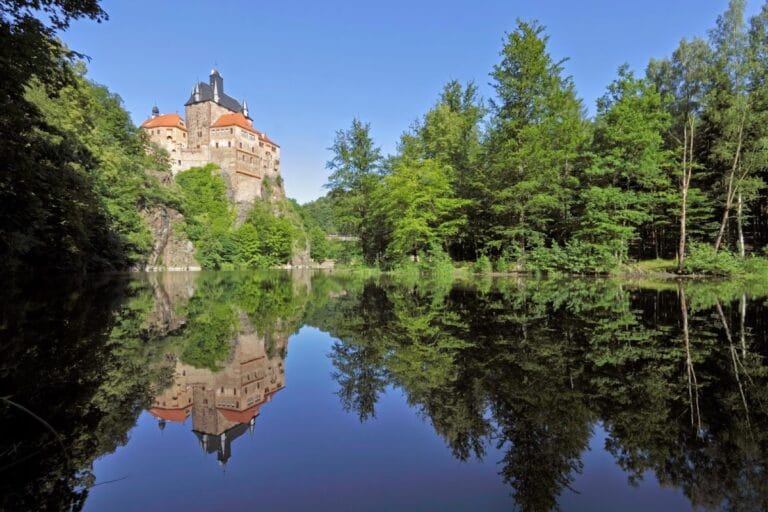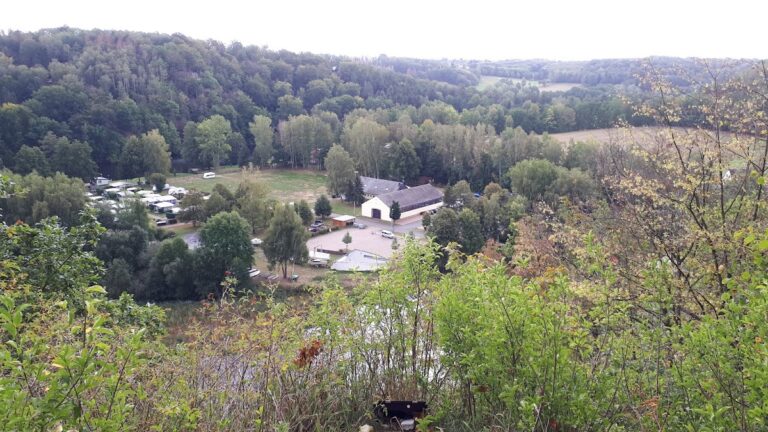Friedensturm: A Historic Observation Tower in Weinböhla, Germany
Visitor Information
Google Rating: 4.1
Popularity: Very Low
Google Maps: View on Google Maps
Country: Germany
Civilization: Unclassified
Remains: Military
History
The Friedensturm is an observation tower located in the municipality of Weinböhla, Germany, originally built by local citizens of the German Empire in the early 20th century. Its creation reflects a period of national pride and commemoration following German unification.
The tower’s construction began in 1903 as a Bismarck Tower, erected to honor Otto von Bismarck, the first Chancellor of the German Empire who had played a key role in founding and uniting the German Reich. The initiative came from Carl Wilhelm Wießner, a local estate owner who had earlier built the Wartturm tower in 1900. Wießner personally financed the Friedensturm with 7,500 Marks. The foundation stone was laid on April 1, 1903, and the tower was consecrated on August 30 that same year under the name Bismarckwarte. A sandstone plaque installed above the entrance praised Bismarck’s achievements. Surrounding the tower’s terrace were eight small battlemented turrets, each bearing the coat of arms of one of the largest German states at that time.
During World War II, the tower sustained considerable damage. After the war, the tower’s name was changed to the “Hoher Turm” and it was briefly called the “Turm der Jugend” (Tower of Youth). In 1955, a restoration campaign was initiated by the local Heimatfreunde association with substantial support from gardener Erwin Schäfer. Renovation work was completed in 1956, during which the original Bismarck plaque was removed and replaced with a new inscription dedicated to peace, inscribed with the words “Frieden! Erbaut 1903 Wilh. Wiesner Erneuert 1956 Erwin Schäfer.” The tower was re-consecrated on July 7, 1956, and officially renamed Friedensturm, meaning Peace Tower.
In the following decades, the Friedensturm experienced vandalism during the 1970s and 1980s, which led to its closure to the public. Renewed restoration efforts were undertaken in 1987 and 1988, enabling the tower to reopen in August 1992. The community marked the tower’s centenary in 2003, and further renovation was carried out in 2012 to preserve its condition. The Friedensturm stands today as one of three surviving historic towers in Weinböhla, alongside the Wartturm and König-Albert-Turm, all remnants of an original group of six towers.
Directly in front of the Friedensturm is the Drais-Stein, a memorial stone erected in 1912 by Wießner to honor Karl von Drais, the inventor of the draisine—a forerunner of the bicycle. This stone is also recognized as a protected cultural monument, adding historical depth to the site.
Remains
The Friedensturm is a stone-built observation tower approximately 20 meters high, standing on an elevated terrace about 2.5 meters above ground level. The terrace forms a distinct architectural feature, protected as a listed monument, and is surrounded by a parapet wall punctuated by eight small battlemented turrets. Each turret proudly displays the coat of arms of one of the largest German states existing when the tower was first constructed, reinforcing the tower’s original nationalist dedication.
Visitors historically accessed the tower’s first public platform by ascending 20 steps from the terrace, followed by an additional 49 steps leading to the upper observation platform, allowing expansive views of the surrounding landscape. The tower’s orientation and design emphasize its function as a lookout point and local landmark.
The original sandstone plaque placed above the tower’s entrance bore an inscription celebrating Otto von Bismarck’s role in German unification. This plaque was removed during the 1956 renovation and replaced with one dedicated to peace and the individuals responsible for the tower’s original construction and later restoration.
Damage sustained during World War II and vandalism in later decades affected the tower’s condition, but successive restoration campaigns significantly improved its preservation. The structure’s stone construction has endured through these repairs, maintaining its historic character. The terrace and tower together present a cohesive ensemble, recognized and legally protected for their cultural and historical value.
Immediately before the tower stands the Drais-Stein memorial stone, also made of stone and protected as a cultural monument. Erected in 1912, this stone commemorates Karl von Drais, the pioneer who invented the draisine. Its proximity to the tower enriches the cultural landscape of the site and serves as a historical marker linked to local heritage.










